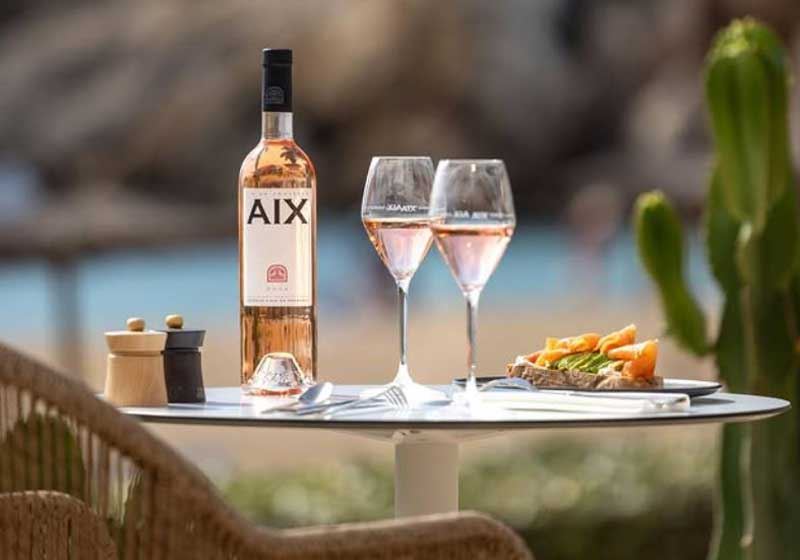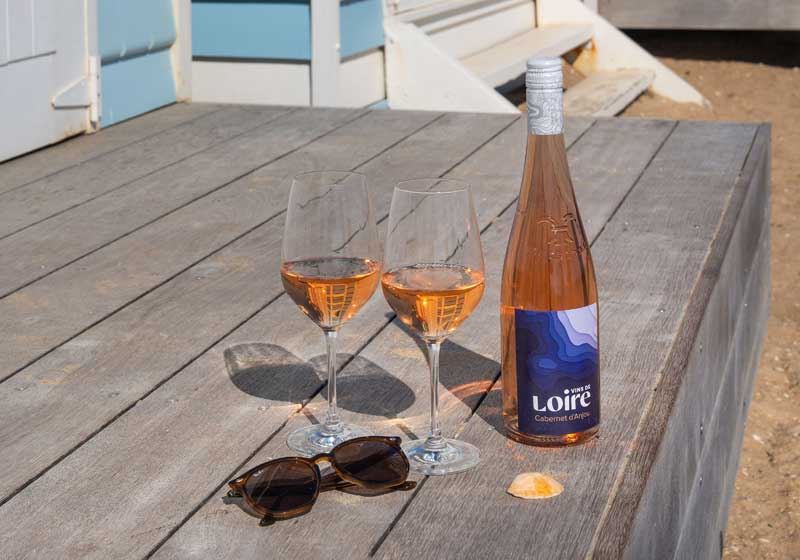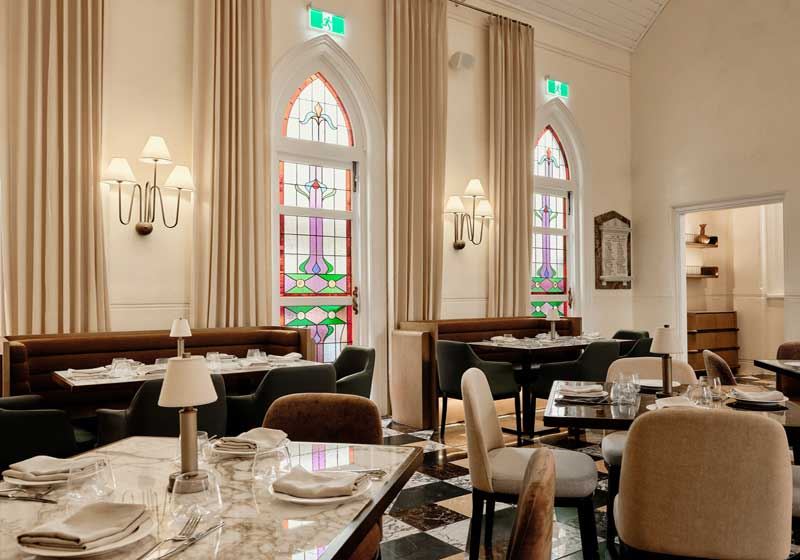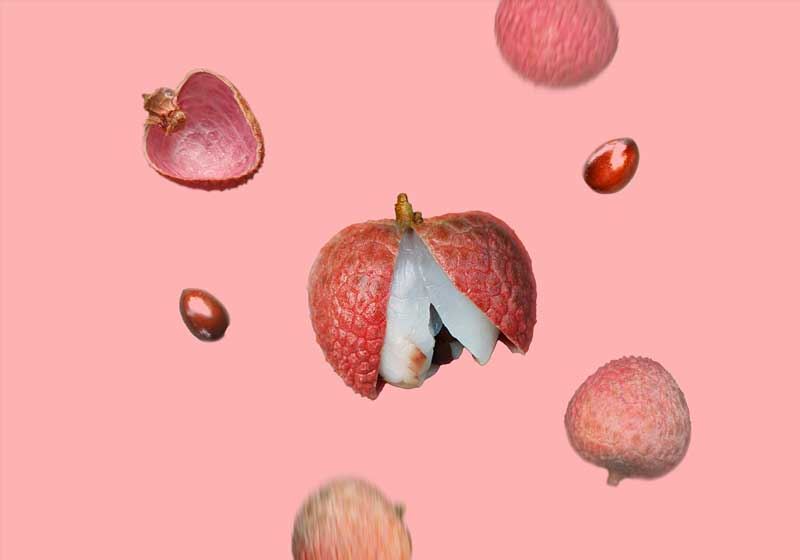It’s confusing territory to enter, but once you’ve got the rules in hand for how to serve champagne, you’ll be the most impressive host at dinner!
Who better to ask about Champagne Etiquette than Isabelle Tellier, Head Winemaker of French company Chanoine Freres? One of the first women to hold this position, Isabelle started working with Champagne in 1992 and is the creator of a range of cuvées, including Champagne Tsarine.
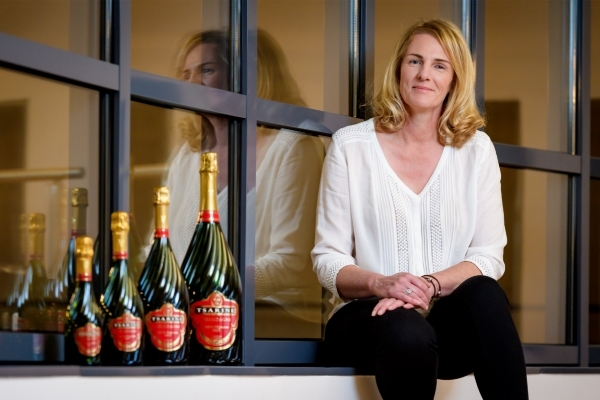
Some of the etiquette rules differ between cuvées but overall, they are pretty easy to remember and you may just have to get used to changing certain practices – raise your hand if you have put a spoon into a bottle of champagne to maintain the bubbliness!
Here are Isabelle’s top tips for getting the best from your bubbles:
•Ideal temperature to serve: before serving, the bottle should be properly chilled, either for three hours in the fridge, or at least 30 minutes in an ice bucket. Don’t forget to fill the bucket with some water as well, to ensure it cools down. Isabelle recommends between 8 C-10 C for Tsarine’s Premium and Rosé Champagnes.
•How to store it: depending on the type of Champagne you don’t need to store it as they have already been aged before being bottled and don’t necessarily benefit from additional ageing. Tsarine’s Champagnes are produced to be enjoyed right away but can be kept unopened for two years. Lay the bottles horizontally in a cool, dry and dark place as heat and light can affect the taste – the ideal temperature for storing is 10 C-13 C.
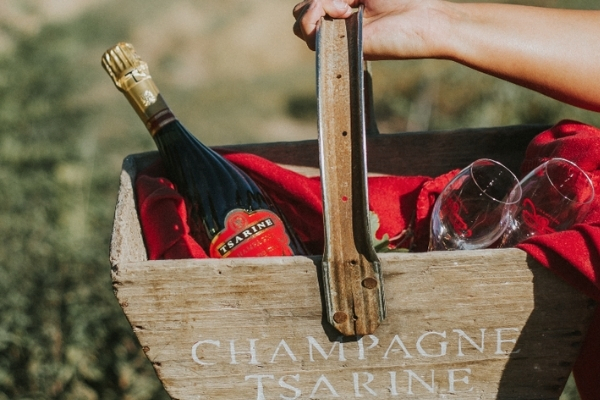
•Type of glass to use: use a tulip-shaped champagne glass instead of flutes or coupés, as it enhances the aromas of the Champagne and keeps the bubbles in. Always rinse the glasses with hot water before use and leave to drain. Do not dry them with a cloth or tea towel, as some of the fibres can stick to the glass and increase the effervescent stream of bubbles.
•Food matches: many think Champagne should only be enjoyed on its own for celebratory occasions, but matching it with food is becoming more of a norm and can enhance the flavour in both the Champagne and the food. For Tsarine’s cuvées, Isabelle recommends the following pairings:
•Tsarine Premium: a tapas spread, avocado and salmon poké bowl, cheese like Abondance (mountain cheese from the French Alps), Parmesan, or Gruyère de Comté from Eastern France.
•Tsarine Rosé: the rosé’s fresh fruity flavour works perfectly with a picnic spread of fresh fruit, soft cheeses and colourful macaroons, or a refreshing plate of sea bream tartare.
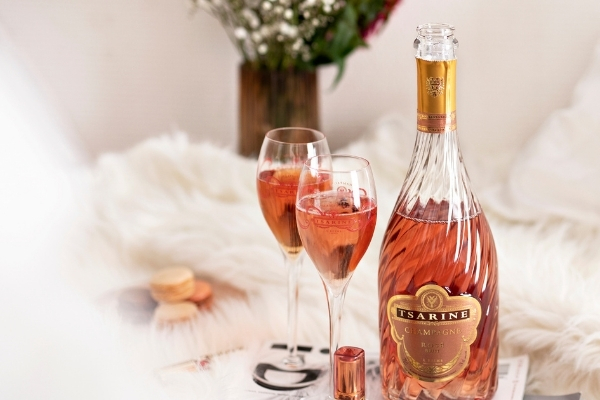
•How to open a bottle properly: open the wire around the muselet (the wire cage) but don’t immediately remove it. Hold the cork and the muselet together when opening. Twist the bottle, not the cork with your dominant hand and hold the bottle at an angle. While it’s fun to pop a bottle with great enthusiasm, a gentle hiss and discreet pop of the cork is the best way to preserve the bubbles.
•How to serve it: don’t chill the glasses in advance as it can affect the bubbles. Also don’t swirl the Champagne around in your glass as you would with a glass of wine, as it will reduce the fizz in the glass. Pour delicately into a champagne glass.
•How long it lasts once opened: depending on the brand, an opened champagne bottle can last for a few days in the fridge as long as you use a champagne stopper, as it will prevent the bubbles from escaping the bottle. The old spoon-in-the-bottle doesn’t work unfortunately. Tsarine’s Champagnes are best served during the first day.



